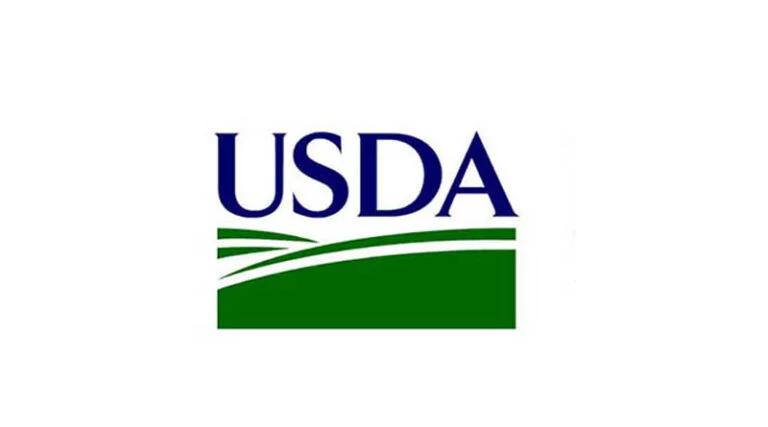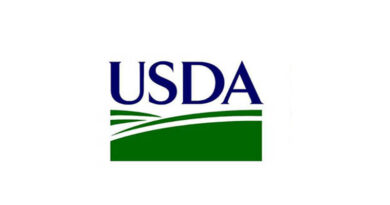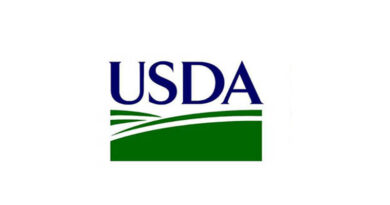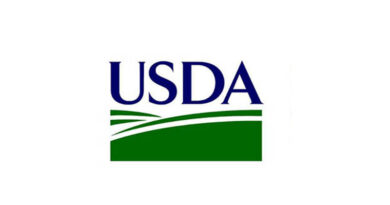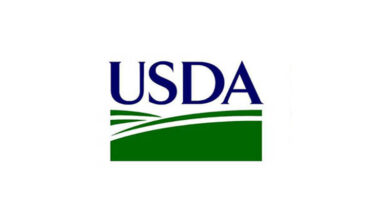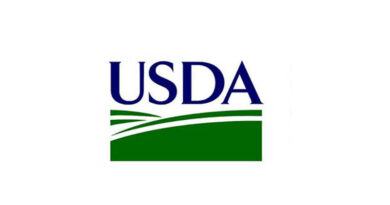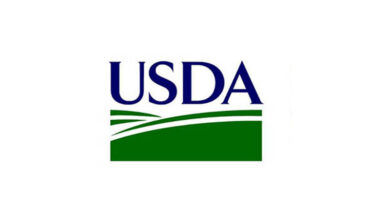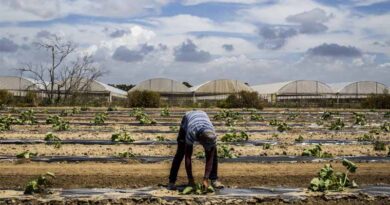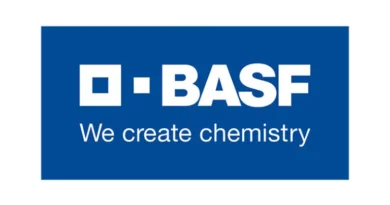Biden-Harris Administration Announces New Round of Investments in Wildfire Protection through Community Wildfire Defense Grants
01 August 2023, Portland: Agriculture Secretary Tom Vilsack today announced the Department of Agriculture’s Forest Service is again accepting applications for the Community Wildfire Defense Grant program. Now in its second year, this competitive program funded by President Biden’s historic Bipartisan Infrastructure Law is designed to assist at-risk communities, including Tribal communities, non-profit organizations, state forestry agencies and Alaska Native Corporations with planning for and mitigating wildfire risks. Applications will be accepted for 90 days.
The announcement comes after $197 million was awarded to 99 project proposals across 22 states and seven Tribes during the first year of funding. The projects directly support the Forest Service’s 10-year strategy to treat up to 20 million acres of national forests and grasslands and 30 million acres of other federal, state, Tribal and private lands to reduce wildfire risk to communities, infrastructure and natural resources.
“We are proud to be partnering with Tribes, local communities, and a wide range of partners in working towards our mutually shared goals of addressing the wildfire crisis, mitigating climate change and safeguarding the communities we serve” said Secretary Vilsack. “President Biden’s Investing in America agenda continues to provide the tools and resources that people need to reduce both the financial and emotional burden of living with wildfire.”
Secretary Vilsack made the announcement in Portland, Oregon alongside partners who are beneficiaries of USDA investments to tackle the growing wildfire crisis, support climate resilience and invest in rural communities. This announcement is part of the Biden-Harris Administration’s Investing in America agenda to grow the American economy from the middle out and bottom up by rebuilding our nation’s infrastructure, creating good-paying jobs, and building a clean energy economy to tackle the climate crisis and make our communities more resilient.
Individual grants will fund up to $250,000 to create and update community wildfire protection plans and up to $10 million for associated wildfire resilience projects. Local and Tribal governments are encouraged to conduct planning exercises to assist their communities with wildfire preparedness, response and adaptation efforts. Projects must be completed within five years of the award obligation. The number of projects selected will be determined by available funding, which is up to $250 million.
The Forest Service is working with community-based organizations in historically underserved populations and Tribes at high risk of wildfire to provide equitable access to this funding opportunity. These organizations will build awareness of the funding opportunity and assist in the application process. Building capacity through targeted training will allow these communities to conduct this work independently in the future.
“Effective mitigation of community wildfire risk is dependent on coordinated efforts across a variety of landowners and landscapes,” said Forest Service Chief Randy Moore. “This critical, collaborative effort to provide additional assistance to Tribes and underserved communities will build capacity for wildfire planning and protection to increase effective wildfire risk reduction, especially in the most vulnerable areas.”
The Community Wildfire Defense Grant program is based on legislation initially introduced by Vice President Harris in the U.S. Senate. The Bipartisan Infrastructure Law includes language to ensure the program prioritizes communities that have a high or very high wildfire hazard potential, are low income or have been impacted by a severe disaster.
The program also helps communities in the wildland-urban interface meet the three goals of the National Cohesive Wildland Fire Management Strategy to maintain resilient landscapes, create fire-adapted communities and improve wildfire response.
“The nation is becoming increasingly aware of wildfire mitigation at state and local levels, but this awareness comes as a result of rampant devastation, particularly to our underserved communities,” said Kacey KC, Nevada state forester and president of the National Association of State Foresters. “Because wildfire mitigation is extensive, complex and ever evolving, these grants are critical in ensuring success. As State Foresters, we’re deeply appreciative of this assistance to our mission.”
The Bipartisan Infrastructure Law also provides an historic $8.25 billion investment for wildfire management through a suite of programs aimed at reducing wildfire risks, detecting wildfires, instituting firefighter workforce reforms and landmark pay increases for federal wildland firefighters.
In Portland, Secretary Vilsack also highlighted recent investments in the region and across the nation that complement the 10-year Wildfire Crisis Strategy and historic investments to tackle the growing wildfire crisis, including:
- In keeping with President Biden’s Executive Order on Strengthening the Nation’s Forests, Communities, and Local Economies, establishing a new Federal Advisory Committee to provide advice and recommendations on modernizing landscape management across national forests with the Northwest Forest Plan.
- Recently investing $20 million from the Bipartisan Infrastructure Law in the Forest Service’s Good Neighbor Authority.
- Investing $43 million to expand innovative uses of wood and promote renewable wood energy economies.
- Injecting $350 million into the Forest Legacy program to conserve some of the most economically and ecologically significant forestlands across the nation.
More information and applications are available at the Community Wildfire Defense Grants webpage.
Also Read: India’s decision to ban the export of non-basmati rice created a worldwide uproar
(For Latest Agriculture News & Updates, follow Krishak Jagat on Google News)

